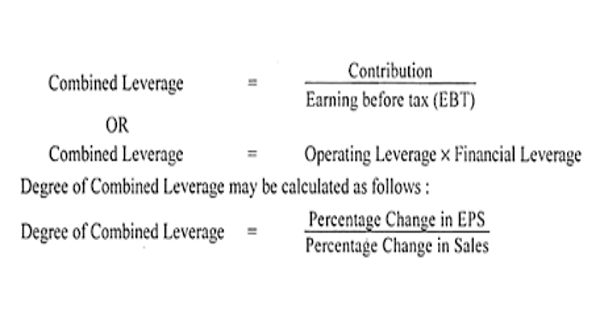Labor Idle Time Variance is the cost of direct labor standby time that could not be used in production for a variety of reasons such as mechanical failure of equipment, industrial disputes, and a lack of orders. Idle time is defined as time when workers are not engaged in productive activity. As a result, if there is any unusual idle time, the cost of production will rise. As a result, calculating idle time variance is critical, and if there is an unfavorable idle time variance, we take steps to reduce abnormal idle time. Idle time variance is a type of labor variance caused by excessive idle time. Idle time variance can be calculated by multiplying the standard wage rate by the abnormal idle time.
Labor idle time variance, also known as sub-efficiency variance, denotes the standard cost of the actual hours for which employees may remain idle due to unusual circumstances such as strikes, lockouts, power outages, machinery breakdowns, raw material shortages, transportation strikes, and so on. LITV is the cost of direct labor standby time that could not be used in production due to factors such as mechanical failure of equipment, labor disputes, and a lack of orders.
The variance in idle time is always unfavorable. Labor idle time should be adjusted for an accurate calculation of the labor efficiency variance. Idle time variance depicts the negative impact on an organization’s profitability as a result of having paid for labor time that did not result in any production. As a result, idle time variance is always referred to as a ‘adverse’ variance. It is essentially the total cost of standby time during labor that did not result in a direct production utility. It only includes direct labor costs.
The formula for the Calculation of Labor Idle Time Variance (LITV)
Labor Idle Time Variance (LITV) = Idle Time x Standard Rate
It is the difference between the number of hours budgeted for work and the number of paid hours not worked (idle time). For example, if a company’s employees were budgeted to work for 8,000 hours but only worked for 7,800 hours, 200 hours were spent idle. This is frequently multiplied by the wage rate. If the hourly wage is $10, then the idle time cost $2,000 (200 hours x $10). Also, see direct labor efficiency variance.
Idle time is defined as time when workers are paid but no production is obtained. Economic causes include those of a seasonal, cyclical, or industrial nature. Administrative decisions are another major source of downtime.
















